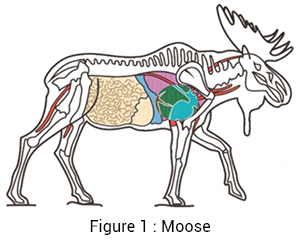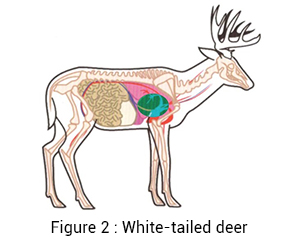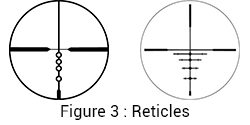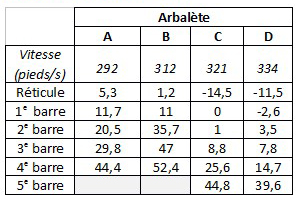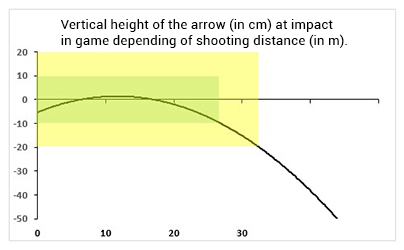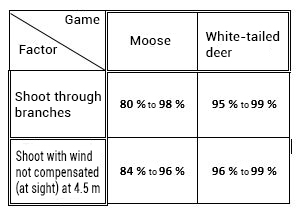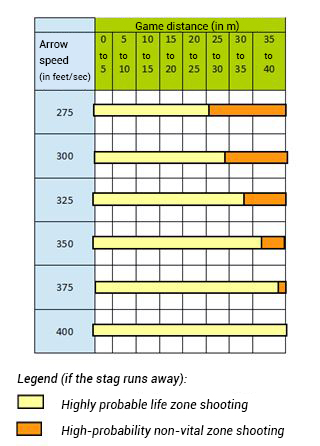After using 6 different crossbows and shooting more than 300 arrows, we can see that the crossbow is performing with arrows of equal weight and short distance, up to 30 meters. For distances greater than 30 meters, the use of the rangefinder is essential, and the risk of injury to the animal increases greatly, due to the wind, changes in impact points, differences in the weight of the arrows, errors in purpose caused by the multiple sight reference lines on the reticle of the telescope, the instability of the shooter and, above all, the insufficient penetration of the arrow to pierce the body of the beast in the vital zone from apart to promote blood flow and facilitate the search for game.
In conclusion, during your shooting practice, you should always check and shoot the same arrows and tips of (practice and hunting) that you will use in the hunt, and this, by wearing your hunting clothes if possible.
The success of your shooting will depend on your practice shooting at different distances, and in different climatic conditions, not to mention the stability of the weapon.
Each year, thousands of crossbow hunters criss-cross big game hunting grounds to harvest their animals from the start of the hunting season. Especially since it is the best time of the year, that of moose rut, depending on the area.
The very nature of the crossbow requires a lot of knowledge and experience on the part of the hunter with his equipment, in order to make his shot on the first try and thus to avoid hurting or even losing an injured animal. As a bonus, the venison will be of better quality.
Many tests were conducted at different distances and in different textures, which helped to better understand the characteristics of this weapon and to develop the recommendations and tips contained in this guide.
Prepared by:
Marius De Champlain, firing monitor
Suzanne Desjardins, B. Sc. Physique and instructor
Louis Hébert, teacher and monitor
Developed with
ZEC Bas-Saint-Laurent : 418-723-5766
Club de tir du Bas Saint-Laurent : 418-725-4570
Our thanks:
Jeannot Ruel
Ernie Wells
ACCSQ 11/2016
Reproduction is prohibited without prior permission.


